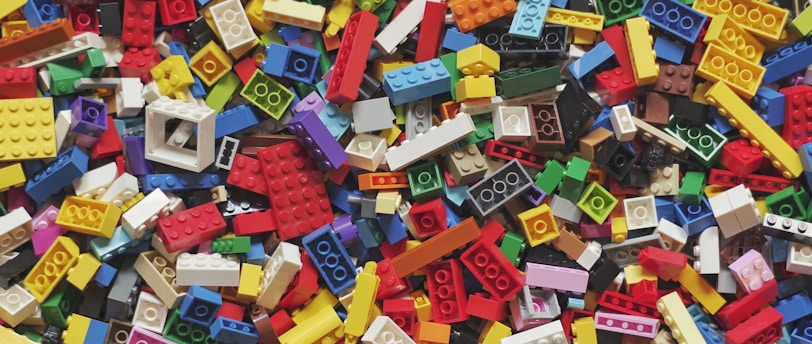Toy library, not toy tsunami: Borrow, rotate, enjoy
The Circular Home #3
10/10/20252 min read


On Monday, the new toy is magic; by Wednesday, it’s background noise under the couch, and by the month’s end, it’s part of the permanent obstacle course. A toy library flips that script—novelty without the constant buying, calmer rooms, and a kid-level lesson in sharing that lands better than any lecture. You’re not depriving your children; you’re designing variety on purpose.
Why a toy library beats buying more
Novelty drives play, not sheer quantity. Rotating or borrowing toys keeps curiosity high, reduces visual clutter, and saves money you’d rather spend on experiences. Parents report fewer “I’m bored” spirals when options are fresh, limited, and visible.
What to include (and what to skip)
Great to share: building sets, puzzles with all pieces, train tracks, pretend-play kits, chunky vehicles, wooden blocks, board games, dress-up capes, outdoor toys (scooters, balance bikes).
Skip or handle carefully: plush toys, bath toys with trapped water, anything safety-critical (helmets), items below age guidance, toys with unrechargeable button batteries.
Start a small, local circle
Keep it simple: 4–8 families who live close enough for easy handoffs. Create a shared sheet (or simple group chat) with columns for Toy name • Age range • Missing parts? • Owner • Out date • Due date • Condition note. Add one clear rule: return clean and complete, or flag issues before drop-off.
Hygiene that everyone can live with
Agree a basic standard: wipe hard surfaces, launder fabric pieces on gentle, dry thoroughly, and bag small parts. Photograph condition at checkout and return—this protects everyone and makes conversations easy if pieces wander.
Rotation rhythm that survives real life
Four-week loans work well: long enough to enjoy, short enough to feel new when swapped. For toddlers, try two weeks. Calendar the swap weekend and make pick-ups/returns part of the routine; novelty lands, clutter doesn’t.
Label once, save time forever
Zip bags for small parts, painter’s tape for box labels, and a quick inventory card inside (“12 track pieces, 2 trains, 1 bridge”). Future you will love you.
Keep it friendly with clear scripts
Borrow request: “Hi! Could we borrow the marble run from the 1st to the 28th? We’ll return it cleaned and complete. Happy to lend our magnet tiles anytime.”
Missing piece note: “We’re missing 1 red tile; checking the sofa tonight—will update before Friday.”
A graceful exit for tired toys
If a toy repeatedly returns untouched, it’s telling the truth: it’s done. Offer it to a new family or donate. Let circulation be honest, not sentimental.
You don’t need a room full of toys to raise imaginative kids; you need freshness, limits, and easy swaps. The house quiets, the play deepens, and your floor becomes a place to sit again, not a gauntlet.
Next gentle step: Make a 10-item “Toy Library” list with two families you trust, set a four-week swap date, and label your first kit tonight.
Connect
Join our community of mindful parents and receive exclusive tips, guides, and resources on minimalism and sustainable living. Subscribe Now.
info@inharmonywithless.com
© 2025. All rights reserved.
